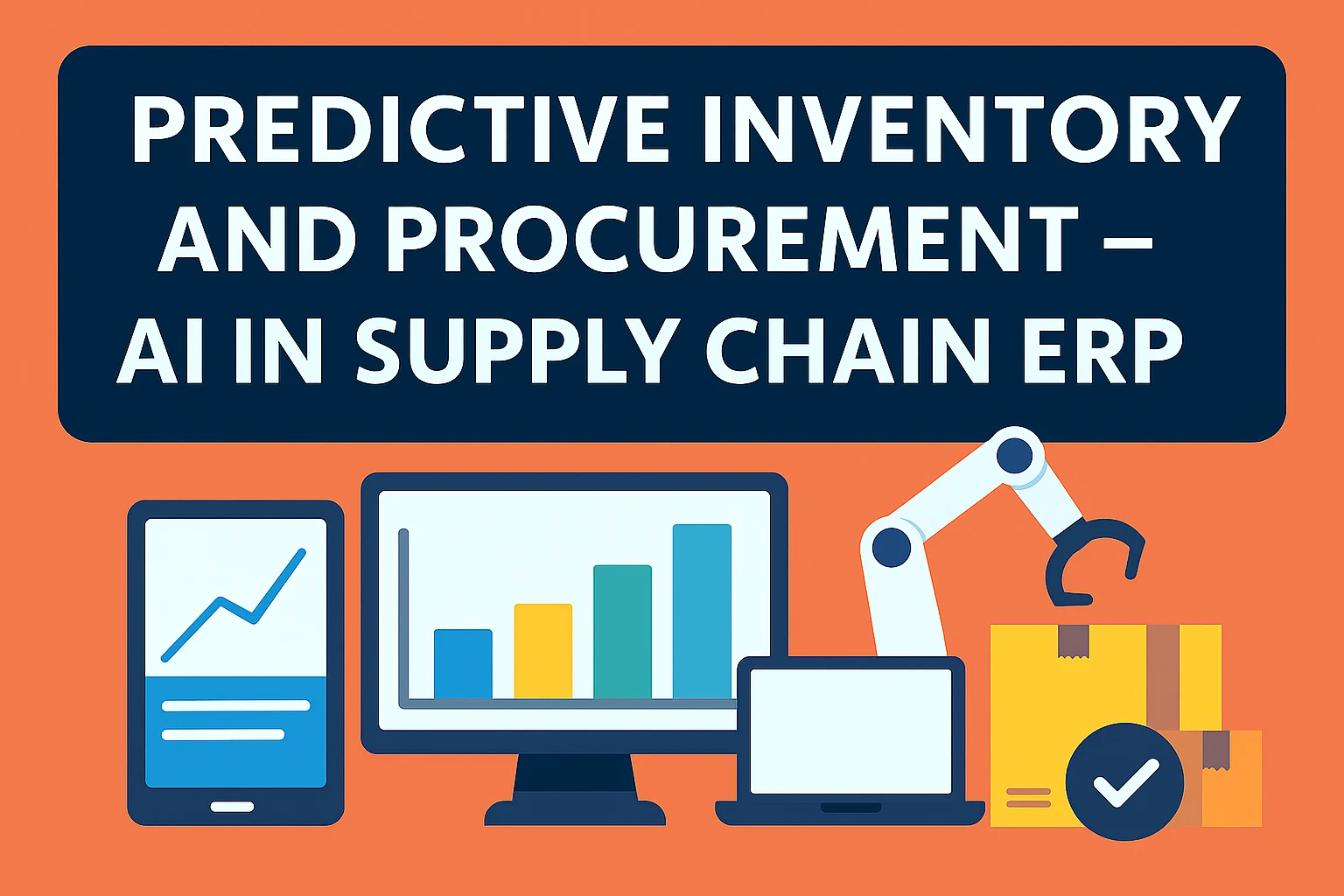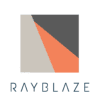
By Rayblaze Global Private Limited
Introduction: From Reactive to Predictive – The New Supply Chain Imperative
In today’s volatile market conditions, traditional ERP-driven supply chains—designed for control and standardization—are struggling to keep up with demand shifts, supplier disruptions, and inventory blind spots.
What’s missing?
Real-time intelligence.
By embedding AI into supply chain ERP modules, businesses can move from reactive decision-making to predictive, adaptive supply operations—avoiding shortages, overstock, and last-minute fire drills.
In this blog, we explore how AI is reinventing inventory planning, procurement, and supplier management inside modern ERP ecosystems.
What Traditional Supply Chain ERPs Lack
- Forecasting demand accurately
- Responding to supplier delays or price fluctuations
- Managing optimal stock levels across distributed locations
- Prioritizing purchase orders dynamically
- Detecting quality or delivery risks early
Most decisions are still rule-based or reliant on static, historic data.
How AI Powers Smarter Supply Chains
Demand Forecasting
- Use machine learning models to analyze multi-year sales, seasonality, regional demand, promotions, and external signals
- Predict weekly/monthly SKU-level demand with >90% accuracy
- Adjust forecasts dynamically as new data arrives
Dynamic Inventory Optimization
- Recommend reorder points based on forecast + lead time + buffer variability
- Classify SKUs using ABC analysis + ML-based velocity scoring
- Identify slow movers, dead stock, and potential shortages in advance
Intelligent Procurement Planning
- Prioritize POs based on urgency, risk, or price opportunity
- Suggest bundling or splitting orders across suppliers
- Flag potential cost savings through early payment or alternate sourcing
Invoice & GRN Matching via OCR
- Use computer vision to extract data from GRNs and invoices
- Auto-match with PO line items
- Reduce reconciliation errors and processing time
Supplier Risk Prediction
- Score vendors based on delivery consistency, lead time volatility, and complaint ratio
- Predict delay likelihood using previous performance + external factors (weather, strikes, etc.)
Example: Predictive Reordering Workflow
- ML model forecasts item X will run out in 14 days
- System checks lead time (10 days) and safety stock buffer
- Reorder suggestion auto-generated and sent for review
- If auto-approved, PO is raised and shared with preferred vendor
- AI bot tracks delivery milestone updates in real-time
Result: Zero stockout, just-in-time procurement, and reduced manual intervention.
Key Technologies & Models
- Forecasting Models: ARIMA, Prophet, LSTM, Facebook NeuralProphet
- Inventory Clustering: K-Means, DBSCAN
- Computer Vision: Tesseract, PaddleOCR, LayoutLM
- Anomaly Detection: Isolation Forest, One-Class SVM
- Tech Stack: Integration with Odoo, SAP, Oracle, or Laravel-based ERP via REST APIs
Tangible Business Gains
- 25–40% improvement in forecast accuracy
- 30% reduction in excess inventory
- 20% faster PO cycle time
- 15% increase in on-time supplier performance
These benefits directly impact working capital, service level, and customer satisfaction.
A Smarter Chain Is a Stronger Chain
AI doesn’t just streamline your supply chain—it makes it resilient. In a world of uncertainty, the companies that can see around the corner will outperform those reacting too late.
Let us build businesses build supply chains that learn, adapt, and optimize continuously—no matter the scale.
